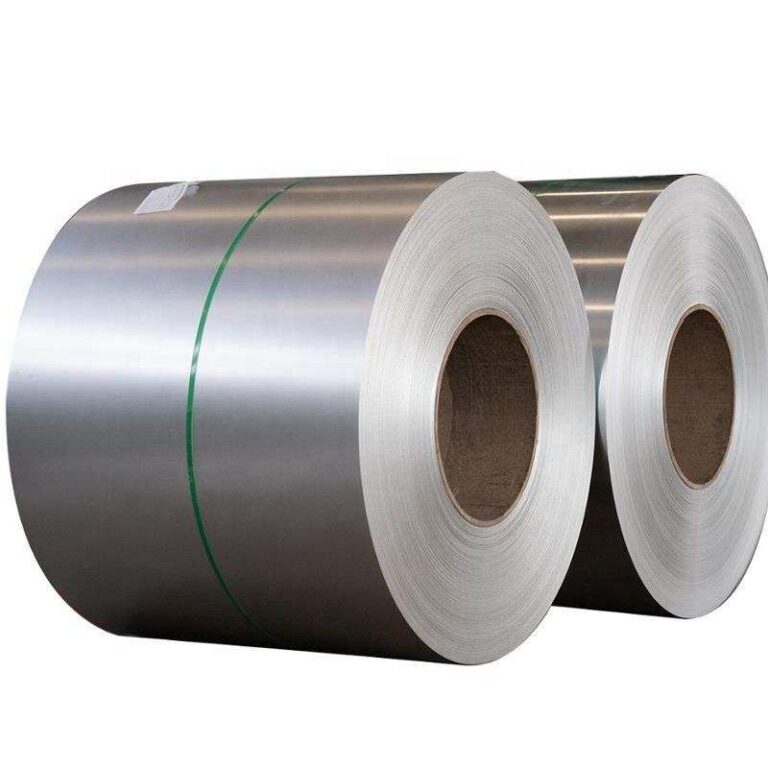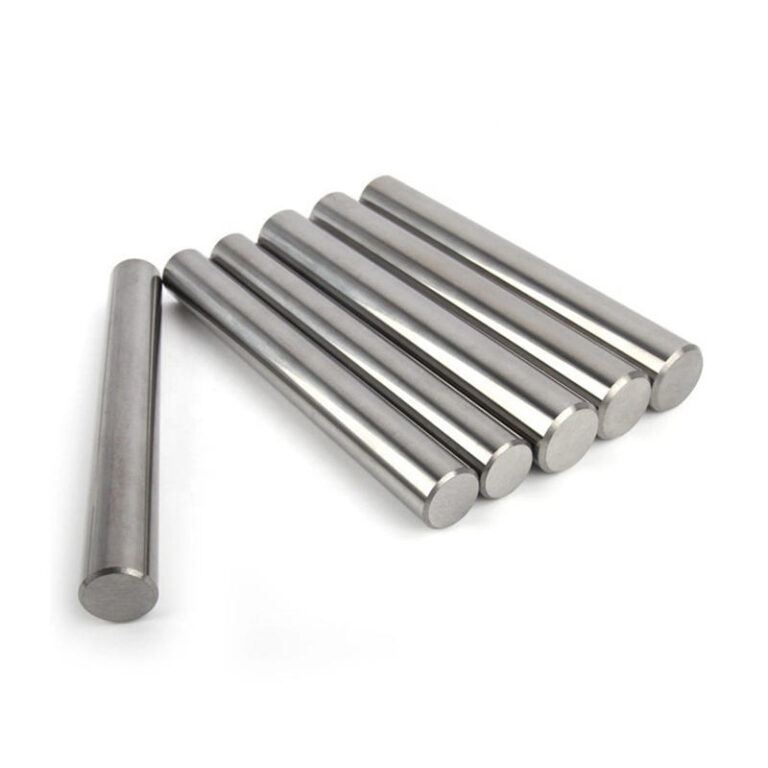Types of Butt Joints
Butt joints are the most common type of joint in welding.
I – shaped butt joints are not beveled and are appropriate for plates with a thickness of up to 6mm. These joints are welded on both sides, with a gap maintained between the plates.
V – shaped bevel joints are simple to prepare, yet they might cause post – weld deformation.
U – shaped bevel joints need less filler metal and result in less deformation, but they are more challenging to machine.
X – groove joints have a symmetrical weld cross – section and generate less deformation and stress than V – shaped grooves. When the plate thickness is the same, they also require less filler metal than V – shaped grooves.
Double U – shaped groove joints are similar to U – shaped bevels but are used for more critical structures because of their complexity.
There are two main ways to start the arc:
- The Scratching Method: In this approach, the electrode is aligned with the workpiece. Then, the surface is lightly scratched about 20mm away from where the arc is to be formed. After that, the electrode is lifted to maintain an arc height of 2 – 4mm. This method is easier to execute but might damage the surface of the welded part. It is usually used with alkaline electrodes.
- The Direct Strike Method: Here, the welding rod is aligned with the workpiece. The electrode is then tapped vertically onto the workpiece to start the arc, and then it is lifted to a height of 2 – 4mm. This method is more accurate but demands skill. It is often used with acid electrodes or in confined areas.




